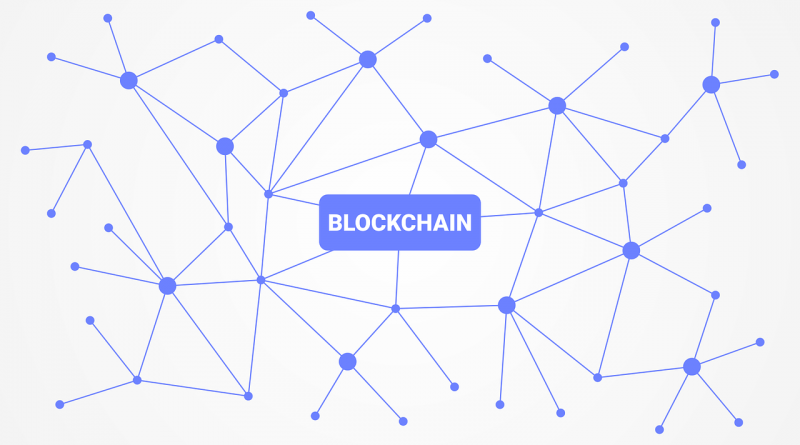The Basics of Blockchain Technology
Synopsis
“Blockchain has been confused with Bitcoin and many people use them as synonyms for each other. Though, both are different technologies and by the time you will finish reading this article you will have complete knowledge regarding the basics of blockchain and what constitutes a blockchain.”
What is a Blockchain?
A blockchain is based on the Distributed Ledger Technology and is a decentralized, distributed and sometimes a public network that can be used to transfer data, valuable assets through its network. Bitcoin is a popular blockchain network that is extremely popular nowadays and you might have heard about it. People confuse Bitcoin with Blockchain and some people even think they are synonymous. But, they are different in the same analogy as Facebook is to the Internet. Blockchain can be considered as the internet on which various applications or networks like Bitcoin or Facebook in our example can be created.
What are the Components of a Blockchain?
To understand how blockchain works, we must understand the constituents of the blockchain. The following are the components that together form the blockchain:
Blocks
Every blockchain is made up of blocks that are interconnected to each other in the form of a chain. The block contains all the transaction data as well as data regarding the digital events that occurred on the network. Each block consists of 3 components:
- Transaction Data: A block can contain data regarding a single transaction or more than one transaction. Transaction data forms the major part of the block.
- Timestamp: The timestamp proves that the transaction data existed on the block when the block was published. This helps in ensuring that each transactional event on the blockchain is noted and recorded so that no tampering can be done with the block.
- Cryptographic Hash: The cryptographic hash is a 256 bit hash that points the previous block in the blockchain thus creating a sequence of blocks like in a chain.
Distributed Ledger
A distributed ledger is a database of records that is shared, replicated and synchronized among the members of a decentralized blockchain. All the data regarding the blocks and the transactions in the block of the blockchain are stored in a database whose copy is available to all the nodes in the network. It is due to this distributed ledger that the blockchain becomes decentralized as the data is not stored at one location but at all the connected nodes.
Nodes
The nodes refer to all the computers connected to the blockchain network. It is these nodes that can validate or reject a transaction on the network. The nodes can be of two types:
- Full Node: The full node is one that contains the complete copy of the blockchain ledger and has the power to validate and verify a transaction.
- Partial Node: The partial node is one that does not hold the whole copy of the ledger but only contains the hash value of the transaction. These nodes can be handy in low storage and low computation power situations.
Types of Blockchain
There are mainly two types of blockchain and they are:
Public Blockchain
The public blockchains are open blockchain that can be joined by anyone at any time. All the participants in a public blockchain can view the complete ledger on the blockchain and are free to perform transactions on them. The features of a public blockchain include:
- Public Blockchains are decentralized.
- Are Highly Secure.
- Have Zero Regulation
- Have Open Environments
Private Blockchain
A private blockchain is a blockchain that is owned by a private person or a company and no one can join these blockchains without permissions. These types of blockchains are not open and are not fully decentralized in nature. These types of blockchains are used for the internal network of a company or an enterprise.

